The 4WD off-road community is buzzing with a rising trend: more wheelbase, more capability. Longer wheelbase rigs like the Toyota Tacoma, Jeep Gladiator, Ford Ranger, and even the Chevy Colorado ZR2 are becoming increasingly common on trails across the U.S.—and the scene in Virginia is no exception.
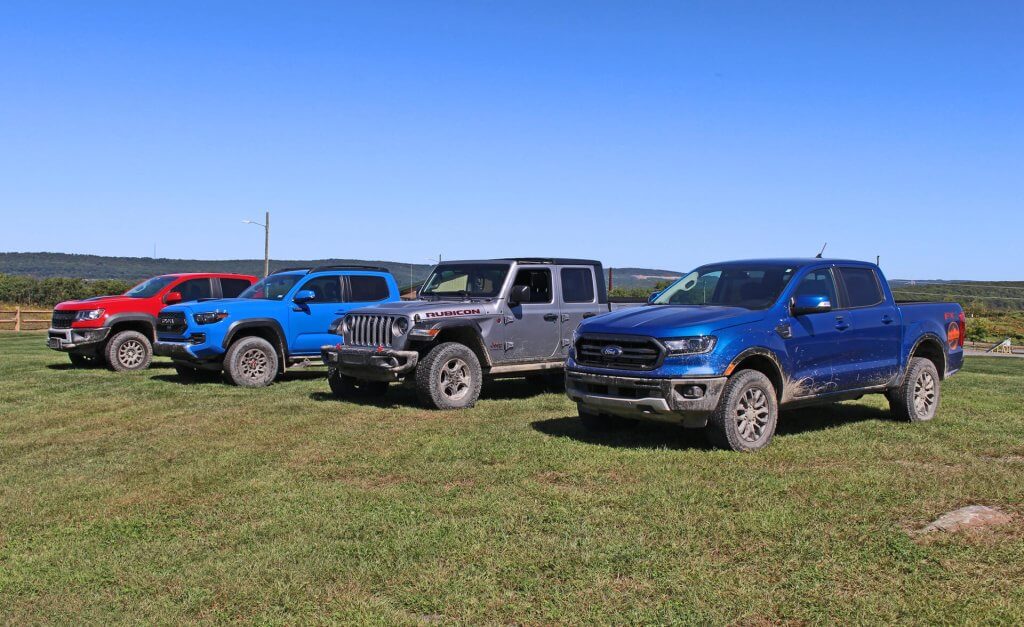
At VAOffRoad.org, we’ve seen more of these extended rigs showing up at places like Peters Mill Run, Shoe Creek, and Taskers Gap. But longer wheelbases come with their own set of off-road challenges—and advantages. If you’re behind the wheel of one of these rigs or are considering upgrading, this guide will walk you through everything you need to know: how to approach trail obstacles, whether you need a lift, the role of shocks in performance, and what to modify for a safer and more enjoyable off-road experience.
The Pros and Cons of a Longer Wheelbase
The Good
A longer wheelbase gives you increased stability, especially on high-speed dirt roads, loose gravel, and sand. On moderate inclines or long sweeping descents, these vehicles feel more planted and are often easier to control than their shorter counterparts. More wheelbase also often translates to more cargo capacity—perfect for overlanding or extended off-road camping trips.
The Challenge
But a longer wheelbase means a larger turning radius, more overhang, and most importantly—reduced breakover angle. That means your rig is more likely to high-center on steep crests or sharp breakovers, where all four wheels lose contact while your undercarriage takes the hit.
This changes the game, especially on tighter, rockier trails like the technical sections at Shoe Creek or the boulder patches near Flagpole Knob. That’s where technique—and the right setup—comes into play.
Trail Strategy for Long Wheelbase Rigs
1. Angle Your Approach and Departure
If you’re used to attacking obstacles head-on in a shorter Jeep or Bronco, you’ll need to shift your mindset in a longer truck. Approaching at an angle increases the effective breakover clearance by keeping one set of wheels engaged with the obstacle while the other slowly climbs or descends.
At Shoe Creek, for example, some of the ledges and drop-offs near the switchbacks become more manageable if you snake your way across them at a 30-45 degree angle. Avoid straddling tall obstacles directly—this is where high-centering happens.
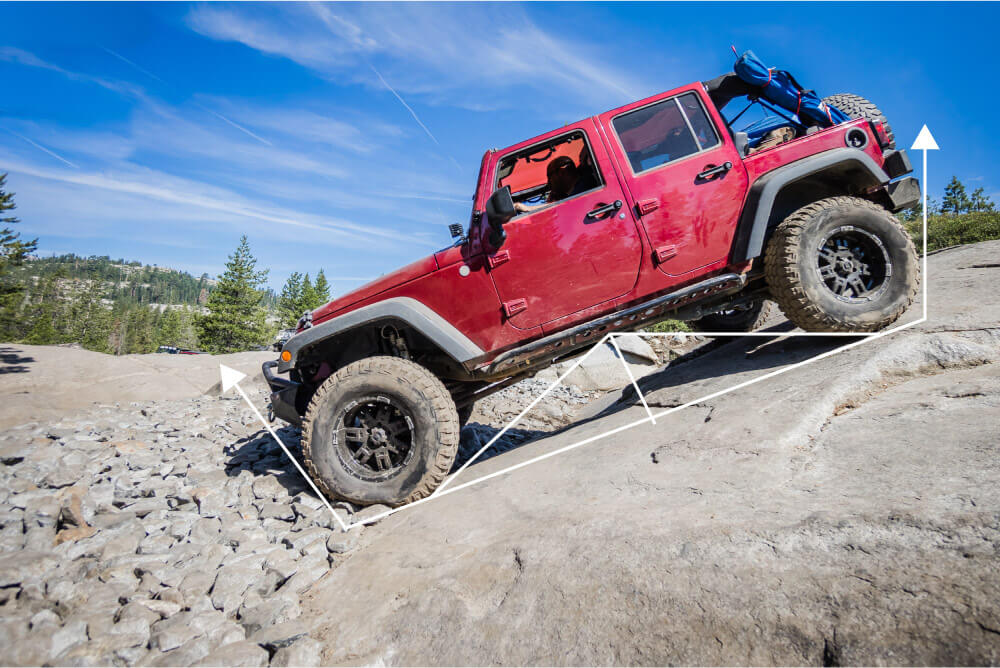
2. Use Spotters Generously
Longer rigs may have more blind spots when cresting steep hills or navigating tight switchbacks. On trails like Peters Mill Run where visibility can be obscured by foliage or terrain, a trusted spotter becomes essential. They can help you line up your wheels for max traction and avoid bashing your belly on hidden rocks.
3. Mind Your Rear Overhang
Trucks like the Gladiator have long beds that can hang up on descents. Watching your departure angle is key—sometimes even more than the approach. When exiting ledges at Taskers Gap, roll off gradually and avoid excessive throttle that could cause your rear to slam down hard.
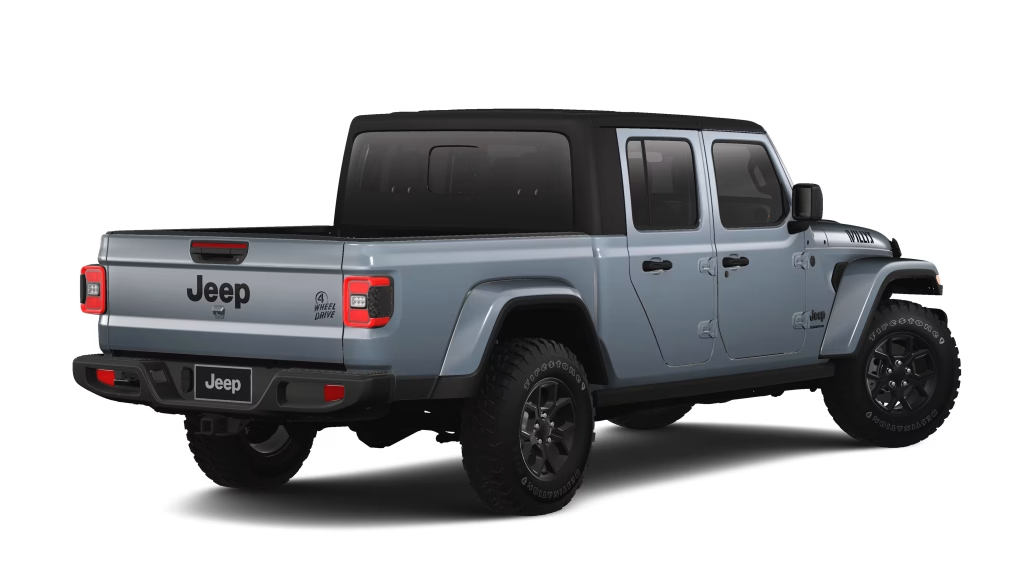
Do You Really Need a Lift?
This is the million-dollar question—literally, sometimes.
Lifting your longer wheelbase 4WD rig isn’t always necessary for hitting moderate trails.
Many stock vehicles can handle trails like those in George Washington National Forest if you’re careful and choose your lines wisely. That said, if you plan to tackle more technical routes or simply want to future-proof your setup for larger tires, lifting can offer both performance and protection.
Reasons to Consider a Lift:
- Improve breakover angle: This is huge in longer rigs.
- Clear larger tires: Essential for better traction and ground clearance.
- Avoid belly dragging: A common issue on rocky trails or water bars.
What to Consider:
- Body vs. Suspension Lift: A body lift is cheaper but only increases clearance between the frame and body—not under the axles. A suspension lift increases ground clearance and articulation.
- Geometry Matters: Lifting alters your rig’s geometry. Steering angles, driveshaft angles, and even brake lines may need adjusting.
- Weight and Balance: Adding a lift increases your center of gravity, which can reduce stability, especially in off-camber scenarios.

Setting Up Your Lift Properly
If you decide to lift, do it right the first time. A poorly executed lift can turn your capable trail rig into a road hazard or a trail liability.
Key Components to Address:
- Extended Brake Lines: Prevent stretching under articulation.
- Driveline Angles: You may need a driveshaft with a double cardan joint or adjustable control arms to correct pinion angles.
- Sway Bar Disconnects: Especially useful for maximizing articulation.
- Alignment: Always follow up with a full alignment to prevent tire wear and wandering.
On tighter trails like those found in the Dry River District, a properly set-up lift can be the difference between crawling confidently and getting stuck in a rut.
Shocks: The Unsung Heroes of Long Wheelbase Rigs

While lifts and tires often get the spotlight, shocks do more to affect your ride comfort, stability, and off-road capability than most people realize—especially in longer trucks.
Because of the added length and weight, these rigs tend to have more body roll and longer suspension cycles. That’s where your choice of shock comes in.
What Shocks Do
- Control rebound and compression
- Reduce body roll
- Absorb bumps and keep tires in contact with the ground
- Help manage payload, especially with bed weight or gear
Common Shock Types for Longer Rigs:
- Monotube Shocks (e.g., Bilstein 5100): Great for mid-range users. Offers consistent performance and better heat dissipation than twin-tube shocks.
- Remote Reservoir Shocks (e.g., Fox 2.0, King Shocks): For serious trail runners. These provide longer travel, better cooling, and increased durability.
- Adjustable Shocks (e.g., Falcon, Icon): Allows you to dial in the damping based on load or trail difficulty.
If you’re frequently hitting rugged trails like Second Mountain Trail or Meadow Knob, investing in quality shocks is a must. These trails feature high-speed washboard and rocky ascents where shock fade can lead to loss of control.
Tires and Armor: Complete the Package
Tires
If you lift, you’ll likely want to upsize your tires. For long rigs, this adds much-needed clearance under the frame and improves approach/departure angles.
Popular sizes for lifted Tacomas and Gladiators are 33s or 35s. Just make sure you re-gear your axles or recalibrate your speedometer if you’re jumping from stock 31s.
Some favorite off-road tire models include:
- BFGoodrich KO2 – A/T classic, great on mixed terrain.
- Nitto Ridge Grappler – Hybrid tire with quiet road manners and great grip.
- Toyo Open Country M/T – Aggressive tread, great for mud-heavy sections of trails like Shoe Creek after rain.
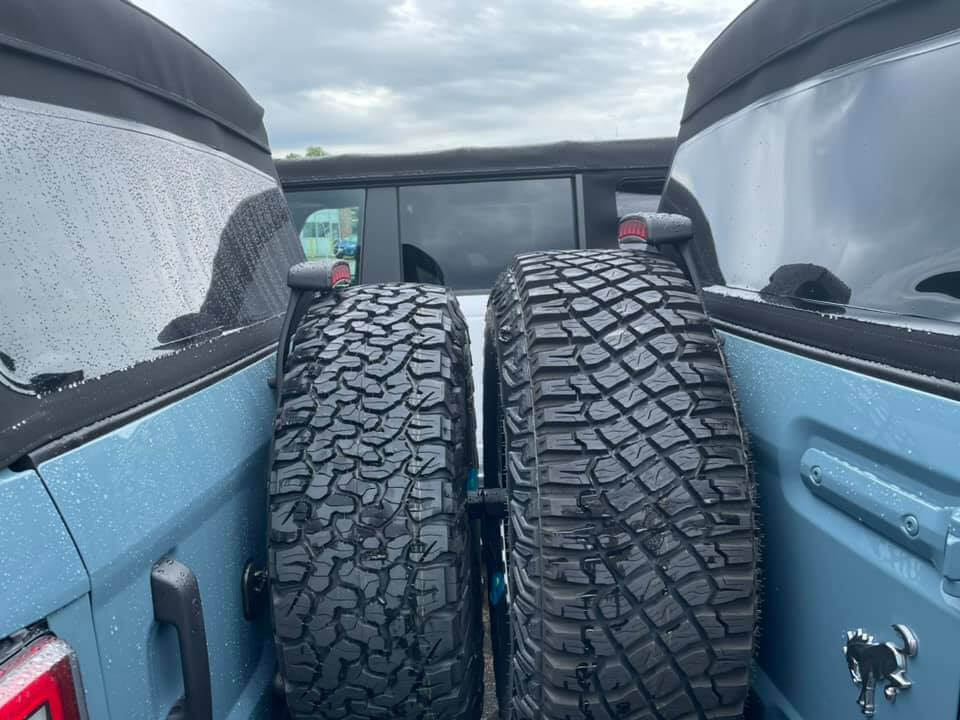
Armor
For longer trucks, skid plates and rock sliders are must-haves. The undercarriage on these rigs is often more exposed, especially the mid-section.
We recommend:
- Full skid plates (RCI, C4 Fabrication)
- Rock sliders with kick-outs (great for pivoting off trees or boulders)
- High-clearance bumpers to improve angles without compromising strength
Real Trail Examples from VAOffRoad.org
Shoe Creek Trail
A moderately technical trail with rock ledges and narrow turns. Longer rigs must pick lines carefully. Lifted Tacomas with 33s and upgraded shocks like Fox 2.0s do well here.
Peters Mill Run
This beginner-friendly trail allows longer wheelbase trucks to stretch their legs. High-speed dirt sections benefit from tuned shocks. Stock setups do well unless wet or washed out.
Taskers Gap
Offers both tight tree-lined trails and rocky ascents. A 2-3” suspension lift and underbody armor help Gladiators avoid body damage in tighter switchbacks.
Flagpole Knob
An ideal overlanding route. Longer trucks benefit from the stability here. Consider an adjustable shock setup if you’re carrying camping gear or towing a trailer.
Final Thoughts: Know Your Rig, Know Your Trail
Owning a longer wheelbase 4WD truck doesn’t limit you—it just changes your game. With proper planning, smart upgrades, and refined driving techniques, your Tacoma, Gladiator, or Ranger can conquer nearly everything Virginia’s trail network has to offer.
Start with easier trails like Peters Mill to get a feel for your rig. As you gain confidence, move on to more technical routes, but always scout first and never wheel alone. Use the community resources here at VAOffRoad.org to plan your trips, share experiences, and stay informed.
The long game is about patience, setup, and style. And once you’ve mastered it, there’s no turning back.

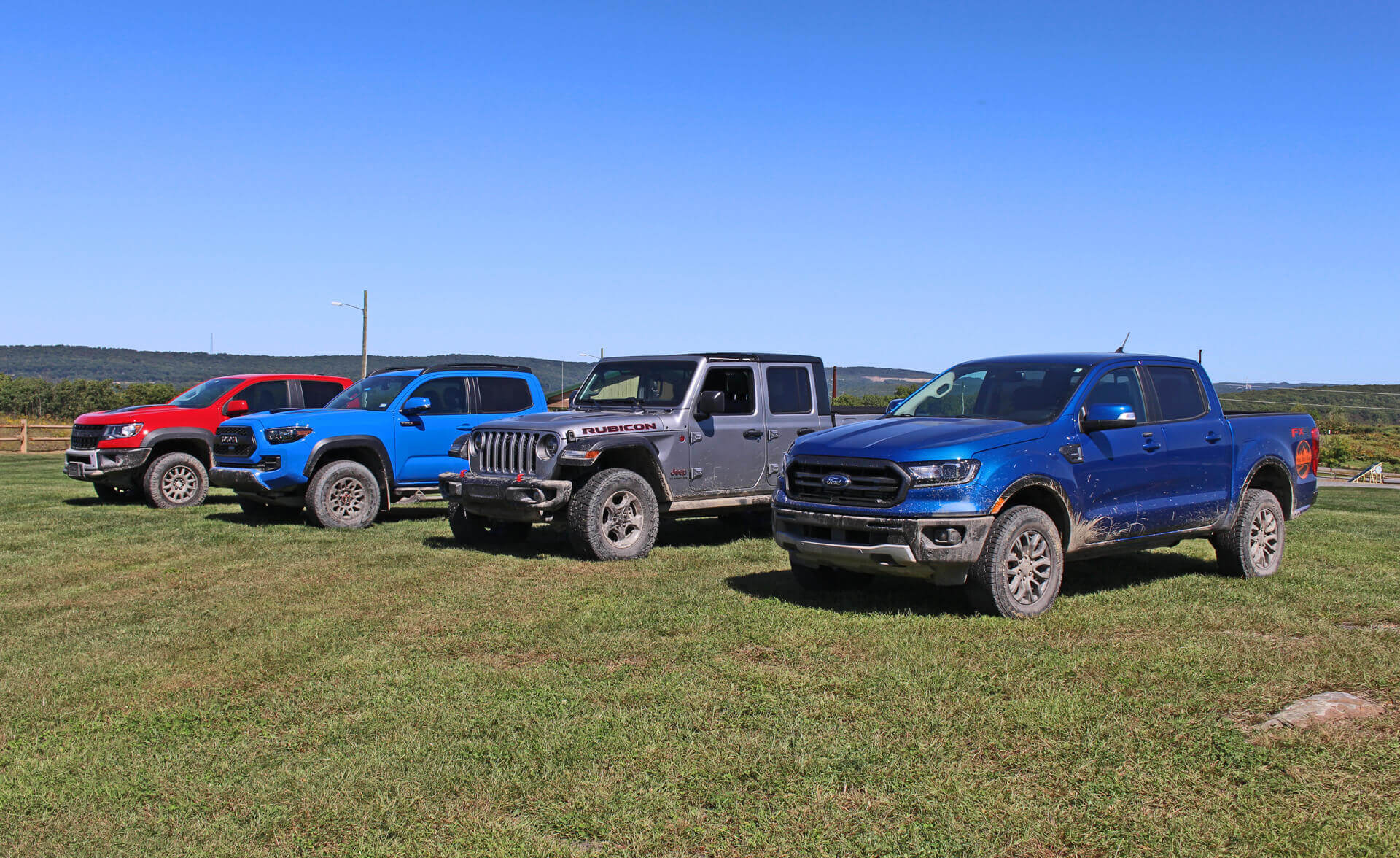


No responses yet